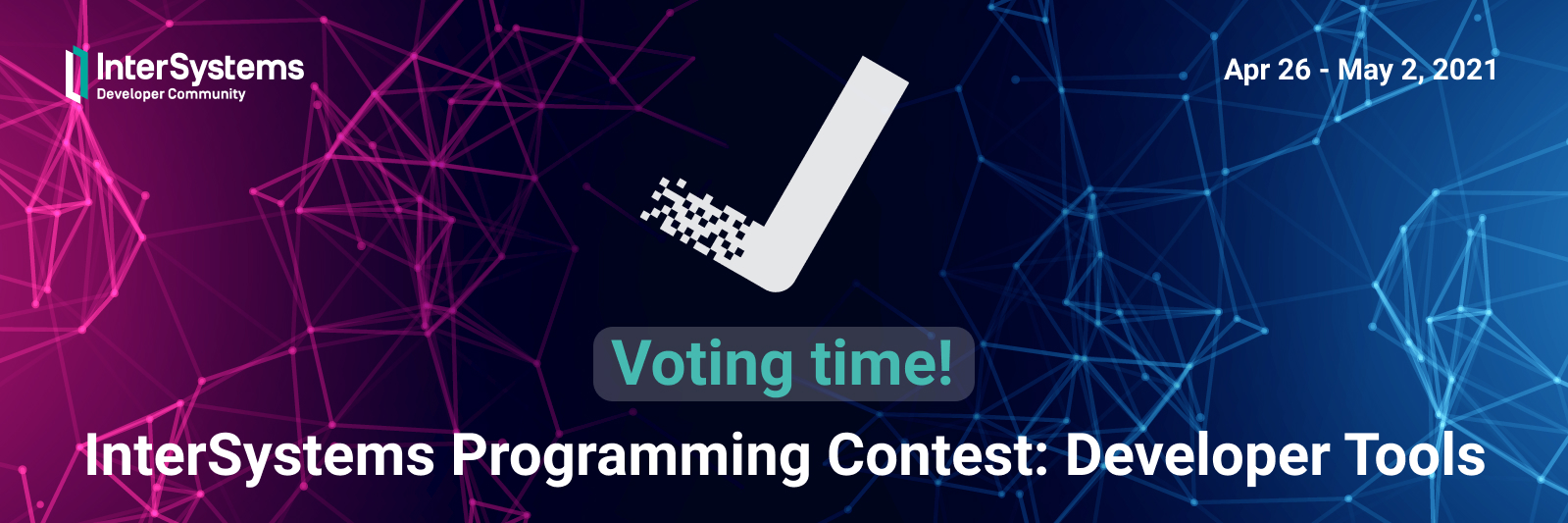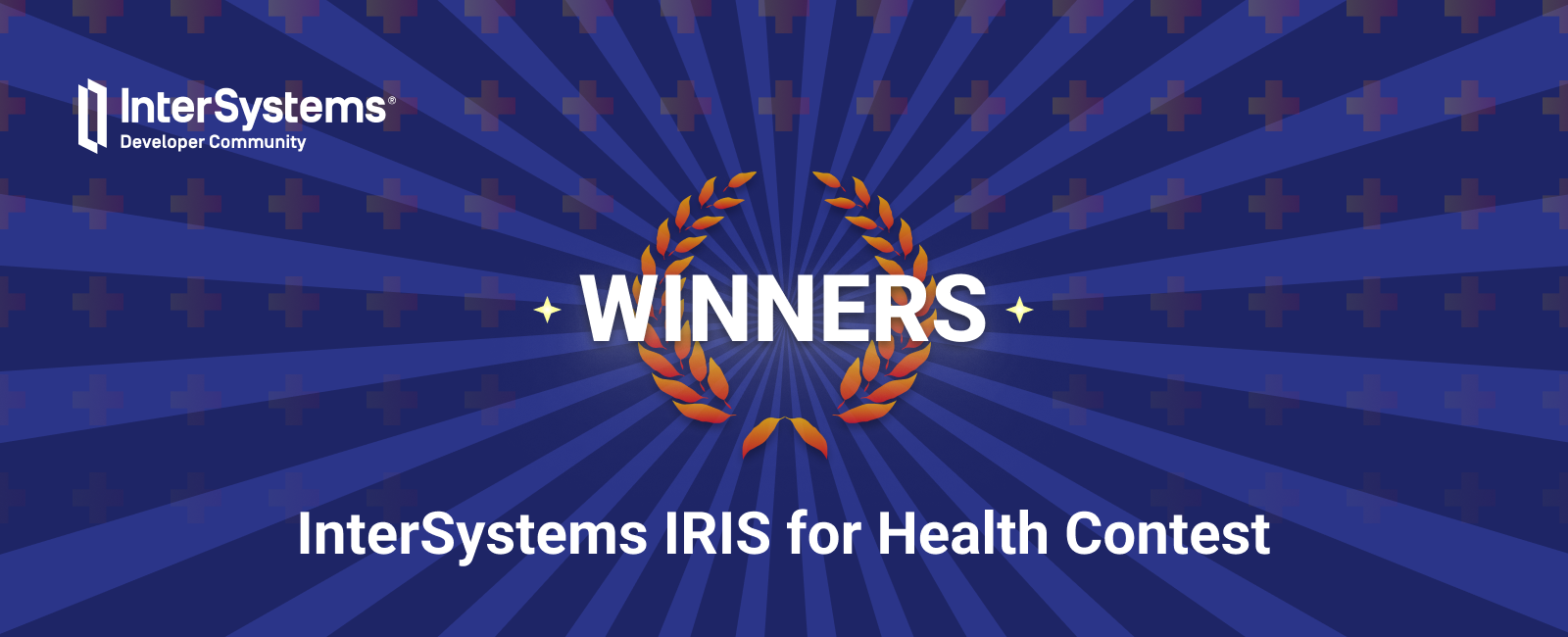Hello,
We have a need to track Database changes over time - down to the SQL level of granularity if possible. Such as: User xyz runs routine ^abc and we get something similar to a changelog that tells us: table A had this value updated, insert, update etc....
Is that possible using IRIS level tools (Audit Log, Journal File, etc...) , is there a way to convert the global sets and kills from the journals into SQL level changes?



.png)

 3,907
3,907